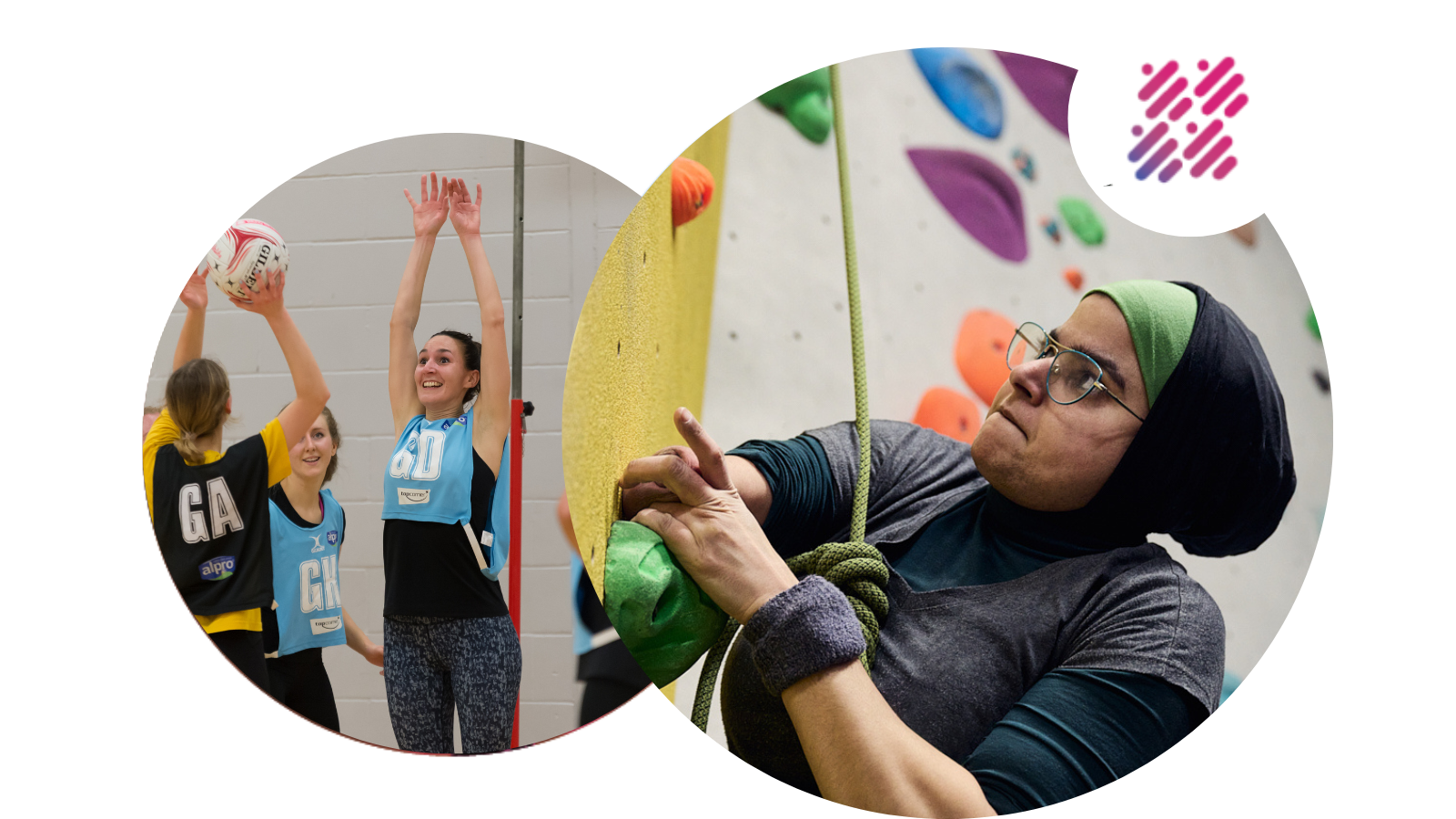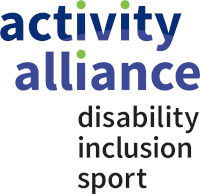Children’s activity levels on the rise

- Almost half of children in England now take part in an average of 60 minutes of physical activity a day – up 3.6% from last year.
- The rise is driven by more children getting active outside of school – 57.2% of children and young people do an average of 30 minutes or more a day outside of school, compared to 40.4% at school.
- Significant inequalities remain in the areas of family affluence, gender and race.
Almost half of children and young people (46.8%) in England are doing the recommended average of 60 or more minutes of physical activity a day - a rise of 3.6% over the last year.
This finding comes from Sport England’s ‘Active Lives Children and Young People’ report into the activity levels of the nation’s children and means that 3.3 million children are now meeting the new recommended Chief Medical Officer Guidelines - 279,600 more children than last year. Government guidelines recommend that children and young people should get 30 minutes of their daily physical activity in the school day and 30 minutes outside of school.
The figures show that there has been a rise in children getting active outside of school over the last year, with 57% (up 4.6%) doing an average of 30 minutes or more a day outside of school, compared to 40% at school.
As part of our 2016-21 strategy Towards an Active Nation, Sport England is already investing £194m in children and young people, within its remit of responsibility for sport and physical activity outside of school from the age of 5.
Activities outside of school that are on the rise include active play, team sports and walking. At the other end of the scale, 2.1 million children and young people (29.0%) are doing less than 30 minutes of physical activity a day, and while that number is decreasing (by 3.9% over the last year) it is a reminder of how much more needs to be done.
In the middle, another 1.7 million (24.2%) children are ‘fairly active’ taking part in average of 30-59 minutes a day.
The inequalities that were surfaced by the first report last year remain, with children from the most affluent families more active (54%) compared to the least affluent families (42%) while boys are more active than girls at every age from five up.
The survey also shows that active children are happier, more resilient and more trusting of others and it has also shown a positive association between being active and higher levels of mental wellbeing, individual development and community development.
Active Lives Children and Young People provides the most comprehensive overview of the sport and physical activity habits of children in England. It looks at the number of children taking part in a wide range of sport and physical activities (ranging from dance and scooting to active play and team sports) at moderate intensity, both at school and out of school.
The report is based on responses from over 130,000 children aged 5-16 in England during the academic year 2018/2019, making it the largest study of its kind.
ACTIVITY SETTING – AT SCHOOL VS OUT OF SCHOOL
- There is a difference in the amount of sport and physical activity that takes place at school, compared to activity levels outside of school – 40.4% of children are active at school for an average of 30 minutes per day while 57.2% of children are active outside of school for the same duration – an increase of 4.6% on last year.
- At school, increases have been seen for years 3-6 (ages 7-11) - however secondary school age young people have seen no change and the youngest children (years 1-2) have seen a decrease. This is seen across boys and girls.
The report also shows that significant inequalities remain when looking at children’s activity levels:
FAMILY AFFLUENCE
- While there have been increases in activity levels across all levels of family affluence, children and young people from families who are less affluent are still least likely to be active (42% of children in this group are active for an average of 60 minutes+ a day, compared to 54% of children and young people from families of high affluence).
- They are also least likely to enjoy being active – 43% of children from low affluence families say they enjoy being active vs 59% from high affluent families (a 16% gap).
- Boys from the least affluent families are more likely to be active than girls.
GENDER
- While there have been increases in both boys and girls’ activity levels, boys are more likely to be active then girls with a gap of 319,200 between the numbers of boys who achieve the recommended amount of sport and physical activity (51% or 1.8m) and the number of girls that do (43% or 1.5m).
- In years 9-11 (ages 13-16) there has only been an increase in activity levels for girls, and not boys, with an increase of 3.5% (29,800 number) doing an average of 60+ minutes a day.
ETHNICITY
- Asian and black children are most likely to do less than an average of 30 minutes activity a day. Other interesting points to note are: AGE • How positively children and young people feel about sport and physical activity generally declines with age.
- Activity levels peak when children are aged 5-7, and again at the end of primary school (age 11-12). Children are more likely to be active at these points than at any other time during their primary or secondary education. Children and young people aged 13-16 (years 9-11) are the least likely to be active.
- There are more active children than less active children across all age groups.
TYPE OF ACTIVITY
- Active play and informal activities remain the most common way for children in younger age groups (Years 1-6) to be active.
- Team sports become more common as children get older. By secondary school age, team sports are the most common group of activities.
MENTAL WELLBEING BENEFITS
- Active children and young people are more likely to report higher levels of mental wellbeing.
ATTITUDES TO SPORT AND ACTIVITY
- The first Active Lives Children and Young People survey showed that enjoyment above all other elements of physical literacy is the biggest driver of children’s activity levels.
- The new survey shows that girls are less likely to enjoy being active than boys with the biggest gap between the genders found around confidence and enjoyment.
- More physically literate children are more likely to be active. • More physically literate children are happier, more resilient and more trusting of others.
- The number of positive attitudes is the key driver of how active children are.
The full Active Lives Children and Young People report is available here.
-Ends-
Latest news from Active Black Country
View all news
INSIGHT HUB
Timely data and learnings in relation to physical activity and sport in the Black Country and the added value we can offer.

WATER SAFETY PROGRAMME
Our Black Country Water Safety Programme has had a big impact since launching. Access our free resources for schools, community groups and parents & guardians to increase the number of children and families who are water safe and boost their enjoyment of swimming.













